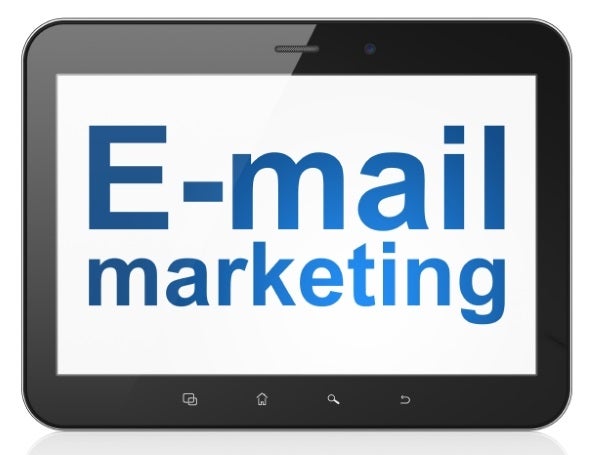The wider marketing world sometimes overlooks email newsletters. Viewed as too old-school compared to other digital tools, newsletters are great for engaging customers. Aligning them with other components of a marketing campaign takes planning, but the newsletter’s effectiveness is hard to beat.
Newsletters and Social Media
While small business marketers may flock to social media, Brian Gatti, partner at digital marketing firm Inspire Business Concepts, says challenges lurk in the social realm. “Social media is a kind of a feeding frenzy,” he explains. Yes, everything is right in front of customers, but posts—calls to action, discount incentives, big announcements—can just scroll by as new updates come in.
“A newsletter gives you the opportunity to capture somebody’s attention right when they open it up. It forces them to commit, essentially, to consuming your content,” Gatti says. Rather than getting lost in the sometimes frantic environment of the social media feed, newsletters help small businesses provide customers with a communication channel that stands on its own.
Another challenge: not all customers have social media feeds. Between Facebook, Twitter, Instagram and Pinterest, there will always be a subset of customers who don’t use one or more of the most popular channels. Newsletters provide “another way to reach out to your existing customer base and to new prospective clients,” says Shane Walton, founder of Green Vine Marketing, a provider of Web design and social media marketing services.
Newsletters are another piece of the marketing puzzle, giving small businesses a platform to connect with clients where others may fall short. “It’s really just the process of building a relationship with your clients and prospects; newsletter are one more tool in your toolbox,” says Walton. “And they’re a highly effective tool, at that.”
Strategies to Increase Customer Engagement
Producing great content must be a top priority if you want to make the most of every newsletter. Provide “something that actually rewards the person for opening your newsletter,” he explains. Relevance to customers’ needs is one aspect, and offering them interesting information or a compelling incentive is another.
“To really increase customer engagement, your subject line is absolutely critical,” Walton adds. The subject line entices people to open your newsletter; invest the effort to craft something that really catches their attention. He also suggests using the newsletter to drive traffic to your blog or your website. “If you’re recycling a blog post, don’t put it all in your newsletter. Give a teaser to whet people’s interest, and then drive them back to your blog.”
You want people who want to hear from you, and an opt-in approach—where customers sign up for the newsletter specifically—typically nets the best results with your target market. Gatti believes that smaller newsletter lists increase the likelihood of positive results.
“The people who really want what you have are more likely to share it with friends, more likely to take whatever action you suggest, and more likely to stay on your list for a long time,” says Gatti. Opt-in newsletters have a much better shot of helping you achieve the results you want.
The Email Marketing Effect
Email newsletters are highly effective way to deliver your business’s message to current and prospective customers. Chances are that customers who don’t engage with you on social media check their email regularly and open your newsletters (assuming you craft enticing subject lines).
A well-crafted newsletter is also a great way to get more mileage out of your existing content. “If you’re already writing a blog on a weekly or bi-weekly basis, a newsletter is another way you can take that content, recycle it, and drive people back to your website,” says Gatti.
The sweet spot for any newsletter depends on what your customers are looking for, and whether your business will provide it. “People will continue to open your newsletters because you followed through on whatever promises you made,” says Gatti.
“If you promise great deals, and I open the email and see yes, I do get great deals, then fantastic. I always want to open up your newsletter because I’m always going to get great deals.” The same holds true for small businesses that promise helpful lifestyle information or early notice of sales. Whatever you’ve told customers to expect, your newsletter had better deliver.
Email Marketing Resources
- Keep your email newsletter legal. Learn more about the CAN-SPAM Act from the Federal Trade Commission.
- Forrester research and consulting firm offers an email marketing playbook for 2015.
- A number of popular small business email marketing platforms can help you deliver newsletter content and manage recipient lists: Mail Chimp; Constant Contact; Vertical Response
Julie Knudson is a freelance writer whose articles have appeared in technology magazines including BizTech, Processor, and For The Record. She has covered technology issues for publications in other industries, from foodservice to insurance, and she also writes a recurring column in Integrated Systems Contractor magazine.
| Do you have a comment or question about this article or other small business topics in general? Speak out in the SmallBusinessComputing.com Forums. Join the discussion today! |


